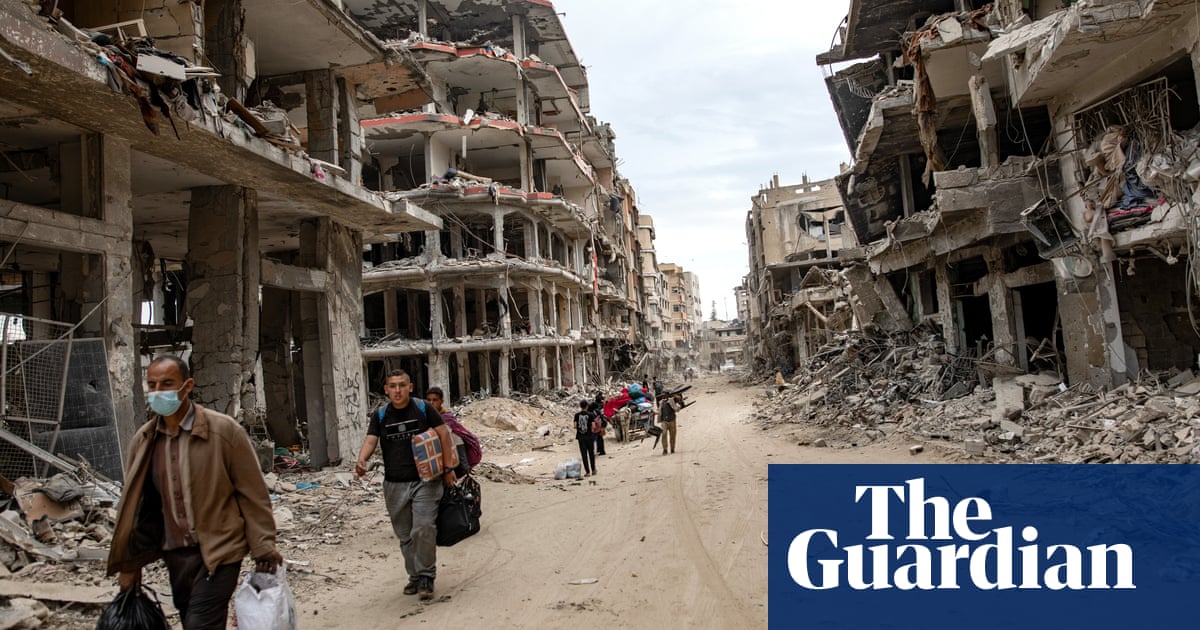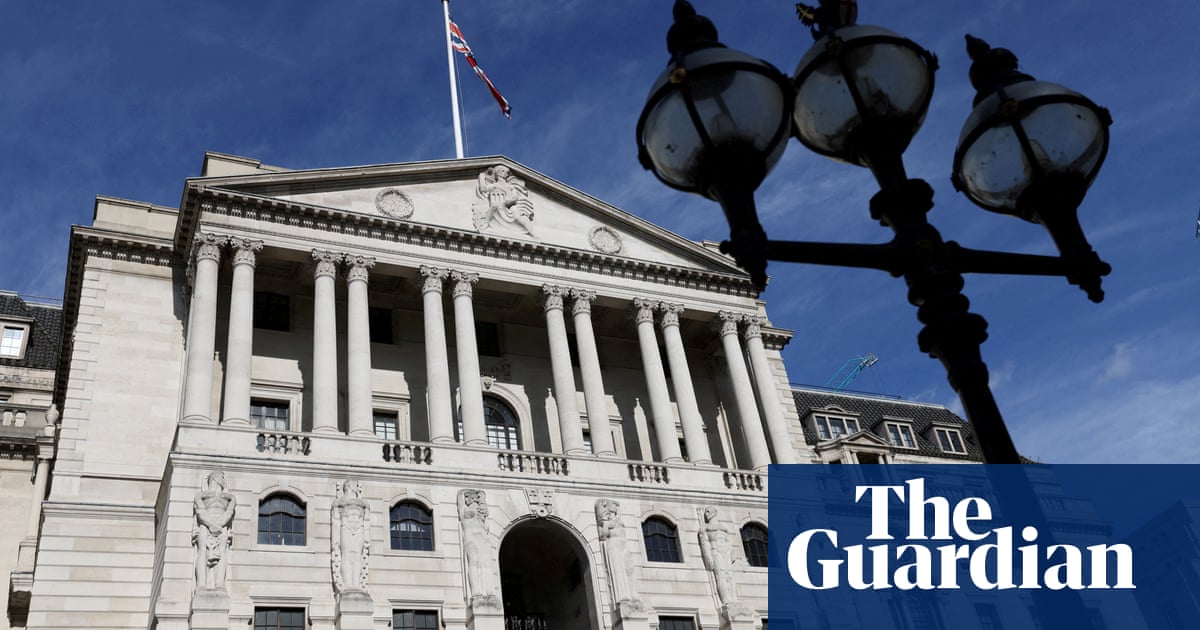
We were theatre people gathered from the UK, the US, Palestine, South Africa, Syria, Taiwan, Eritrea, Italy and France. Our idea was for Amal, a 12ft puppet of a Syrian child, to travel along one of the routes across Turkey and Europe that refugees from Syria, Afghanistan, Iraq, Iran and many other countries follow as they flee war, violence and persecution. We imagined Amal as one of tens of thousands of unaccompanied minors and her journey as, simply, a search for her mother.
In 70 towns and cities along her 5,000-mile route – Gaziantep to Manchester – we invited artists and arts organisations to welcome her. “A refugee child will arrive. She’ll be tired, hungry, frightened. How will you welcome her? With a dance? With a meal typical of your region? With an orchestral concert?”
And we invited figures of “power” to welcome her – in a Turkish mountain village the mayor, in Rome the pope, in London the speaker of the House of Commons …
Between July and November 2021, Amal travelled along the south Turkish coast, crossed to the island of Chios in Greece, walked through Italy, Germany, Switzerland, Belgium, France, sailed from Dunkirk to Dover all the while leading perhaps the biggest community art project ever staged, a rolling festival of art and hope. In Arabic Amal means “hope”.
Through the genius of her creators, Handspring Puppet Company, the skill of her puppeteers and social media, she quickly became a global symbol of human rights. She met something like a million people on the street, tens of millions more online. Her education pack was downloaded from walkwithamal.org all over the world. In the welcoming crowds, we’d hear kids explain to their parents: “She was born in Aleppo, we learned about her in school …”
Almost as soon as she set out, she received invitations to places – Stockholm, Adelaide, Seoul – not within the logic of her route but, once her first journey was complete, she was free. She could go anywhere. In 2022 at the invitation of the mayor of Lviv she visited Ukraine as well as shelters set up across the border in Poland to receive refugees from the war zone. She toured the UK, visiting Stonehenge and appearing alongside Elbow at Glastonbury. She led a group of mayors from many major cities through the streets of Amsterdam to the Anne Frank House.
In New York she was welcomed by the Metropolitan Opera on her arrival at JFK airport and by artists and audiences at 50 sites across all five boroughs. Thousands of children holding bird puppets streamed behind her across Brooklyn Bridge. We saw all this, and visits early this year to Toronto and Trondheim, as preparation for her second very long journey.
On 7 September she arrived in Boston harbour in a clipper. Later that day she was serenaded by students in Harvard Yard and at night was played to sleep among other homeless people by Yo Yo Ma. On 10 September members of the Nipmuc nation canoed across Lake Ashfield to sing to her in welcome. The mayor of Hartford, Connecticut was the first of many mayors to declare the day of her visit “Little Amal Day”. In Washington a brass band played as she strode down Pennsylvania Avenue to be welcomed to the Capitol by congressmen and women, then she paraded down Black Lives Matter Plaza.
She went north to the “rustbelt” – Detroit, Dearborn, Flint. She gazed at the rush of cars thrusting down into the tunnel under the Detroit River that emerges in Canada, the first of three river borders on her 12-week, 60-city US/Mexico journey. In Memphis, Tennessee, she stood outside room 306 of the Lorraine Motel where Martin Luther King Jr was assassinated. In Birmingham, Alabama, she marched from the 16th Street Baptist Church hand in hand with a veteran of the 1960s civil rights “foot soldiers”, the crowd singing “Ain’t nobody gonna turn me around, turn me around …” On a glittering New Orleans night, accompanied by the Preservation Hall Jazz Band, she made her way through the revellers on Bourbon Street.
From El Paso, Texas she crossed briefly into Mexico. Beneath the massive blood-red X-shaped tower that expresses Ciudad Juárez as a crossing point and a meeting place, she was cheered by young people in Mexican national dress and a Mariachi band. Later, standing on the south bank of the Rio Grande (the second river border of her journey), she came across a group of families with young children from Venezuela who, having waded through the chest-high water, were on US soil but blocked from going further by the barbed-wire crested 20-foot wall …
Back in the US, she was welcomed by some of the hundreds, maybe thousands, young and old, who run organisations in villages and towns along the border to support migrants and refugees who have made it across. Tiffany runs a shelter where new arrivals can make a phone call, eat, shower and rest while a bus is summoned to ferry them to Tucson where they’ll hand themselves over to the authorities and apply to stay. Father Mike offers his church hall to new arrivals to pause and take stock of the new world they’re in. Outside on the street a youngster from Honduras is interviewed by a local journalist.
“What does Amal mean to you?”
“She gives me hope …”
One late October day, west of Nogales, Arizona, the elderly chairman of the Tohono O’odham Nation guided Amal to the fence between his hereditary territory and Mexico. Overnight, perhaps 2,000 people had crossed and were gathered in a hard mud clearing under the blazing sun awaiting the arrival of police to “process” them. “We will never allow a wall to be built on this land which we cherish,” said the Chairman gazing up at Amal. “If they try, we will fight them, won’t we, my girl.”
In the Inglewood neighbourhood of Los Angeles, she had a starring role in a vibrant Vegas-style dance of welcome choreographed by Debbie Allen, performed by hundreds of students. On the jam-packed Jerry Moss Plaza of the downtown Music Center bands played, soap bubbles glimmered in the night air as a jubilant crowd serenaded Amal.
From San Diego, she crossed into Mexico through the turnstile on foot and was greeted by the governor of the state of Baja California and the mayor of Tijuana, both making speeches about how deeply they as mothers felt their responsibilities for the wellbeing of migrant children. On Tijuana Playa the metal border wall juts into the sea. As Amal strolled along the beach accompanied by well-wishers and a mariachi band, I thought: “But the wall doesn’t jut out that far, why don’t people swim round it?” The currents are too strong.
Will the strong flow of migrants ever cease? No one sets out on these perilous journeys unless there’s no other way to escape war, organised crime, extreme poverty. In Mexico, as in Turkey, it seemed to us that, at the official level but also on the streets, there’s an understanding that “the problem” is not refugees and asylum seekers. The people are innocent. The problem is the situation. Deal with the political, social and economic crises or people will keep coming.
In the Centro Comunitario San Bernabé in Monterrey she played soccer with teams of boisterous kids. In the Tonalá neighbourhood of Guadalajara something like 40,000 people crowded the streets. “Amal, Amal, Amal!” In Zapopan perhaps 20,000 yelled as she entered the Basilica of Our Lady, was sung to by priests and then escorted back out into the blazing sunshine by yet another mariachi band.
In Mexico City she was formally welcomed by the presidents of the Senate and of the Congress. In Los Pinos Park the minister of culture brandished her cowboy hat and sang to her. “You are warriors,” she told us, “warriors for peace.” On the central square, the Zócalo, she was welcomed by the mayor and by a dance choreographed for her by Raúl Tamez. Tens of thousands marched behind her through the working-class district Iztapalapa brandishing signs “We love Amal, Ser Migrante es un acto de Valor”.
Outside the church at Xochimilco, near the vast canal system built by the Aztecs on which Amal went for a twilight cruise, Unicef and UNHCR officials asked if she would keep heading south into Guatemala, San Salvador and Honduras: “This work you do is very important to us. You draw attention to the level of the crisis, to the needs of the children. No doubt about it, she should keep going.”
At Mexico’s southernmost tip, Ciudad Hidalgo, the river border with Guatemala is a gently sloping bank strengthened by sandbags leading down to a row of wooden rafts. Armed police stand about but seem unengaged by the constant, apparently casual, flow of people punting to and fro in both directions. The Guatemalan quetzal is stronger than the Mexican peso so Guatemalans hop aboard the rafts and float across to do their shopping. But Amal has no need to shop. She climbs aboard a raft, lays her head on her hands, stretches out and floats gently along, at rest at last.
As she travelled, Amal raised just shy of $1,000,000 (£800,000) which will be distributed to organisations that support refugees by our charity partner Choose Love. There are two further, briefer, Amal journeys planned for 2024.
David Lan was artistic director of the Young Vic from 2000 to 2018. With Tracey Seaward he is producer of The Walk.
This article was amended on 12 December. Philadelphia Avenue has been corrected to Pennsylvania Avenue; and the spelling of choreographer Raúl Tamez’s name has been corrected.












